Lowcanes, 2011–18, is part of the photographic series Wanted, 2011–18, by artists Camal Pirbhai and Camille Turner. In this series of ten colour photographs, the artists transform written descriptions from eighteenth-century fugitive slave ads into oversized photographs that resemble contemporary fashion editorials. Pirbhai and Turner sourced the ads from historical Canadian newspapers, mining the texts for the sartorial descriptions that were reported as a way to identify freedom seekers.
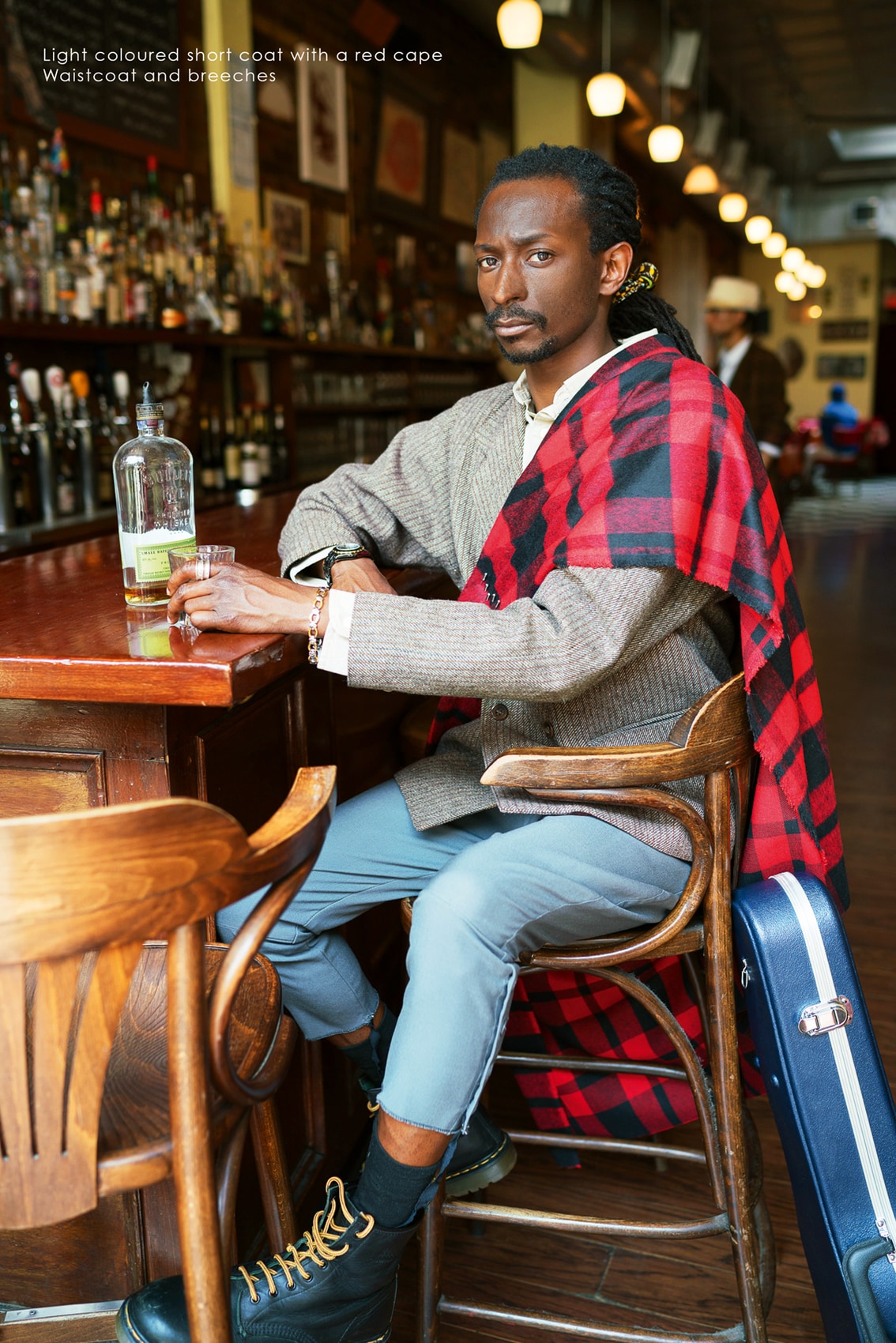
Courtesy of Camille Turner, Camal Pirbhai, and Danna Heitner Advisory
Lowcanes is staged in reference to an ad written in 1775 that describes the eponymous “Lowcanes,” a man who was reported to have been seen wearing a “light coloured short coat with a red cape to it” when he fled his enslavers. The artists reimagine Lowcanes in the twenty-first century, seated at the end of a bar counter with a drink in his hand and a red and blue plaid cape draped over his shoulder. He assertively and confidently meets the viewer’s gaze. The artists state that rather than portraying freedom seekers like Lowcanes in the past “where their lives are constrained by the violence and inhumanity of institutionalized bondage,” they are presented in “the future space of possibility they dreamed about as they set off on their journey to freedom.”
With their Wanted series, Pirbhai and Turner rescript Canadian art history by creating a visual “oppositional archive” of Black history. As art historians Pamela Edmonds and Joana Joachim note in their 2022 article “salt. For the preservation of Black diasporic visual histories,” such an archive requires the dual practice of historical recuperation and contemporary documentation: a record-keeping of the Black lives that have been overlooked as well as of current work by Black Canadian artists.
 Stitching the Archives
Stitching the Archives
 A Working-Class Hero
A Working-Class Hero
 Imagining Entangled Futures
Imagining Entangled Futures
 Bridging Far and Near
Bridging Far and Near
 Soft Power
Soft Power
 A Priceless Portrait
A Priceless Portrait
 Meditation in Monochrome
Meditation in Monochrome
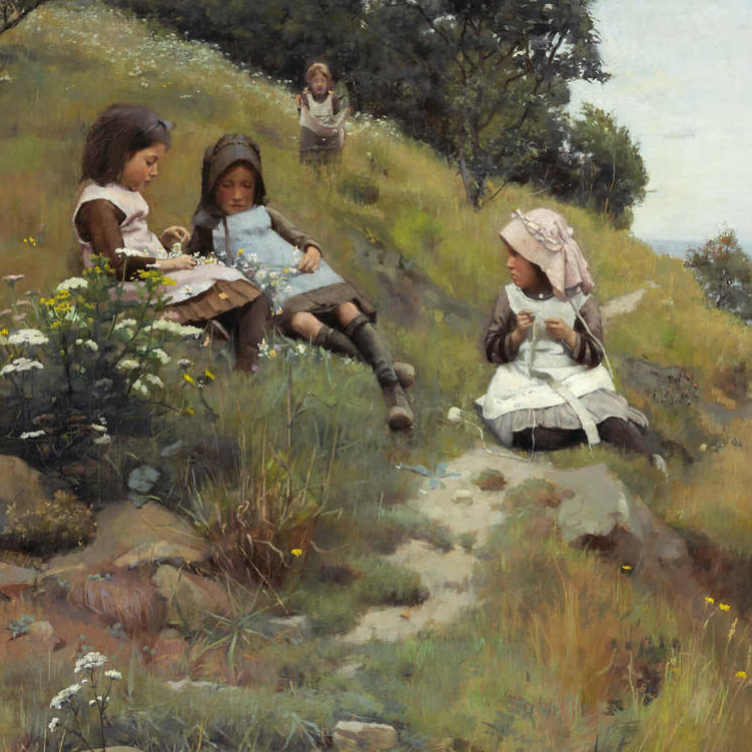 Making His Mark
Making His Mark
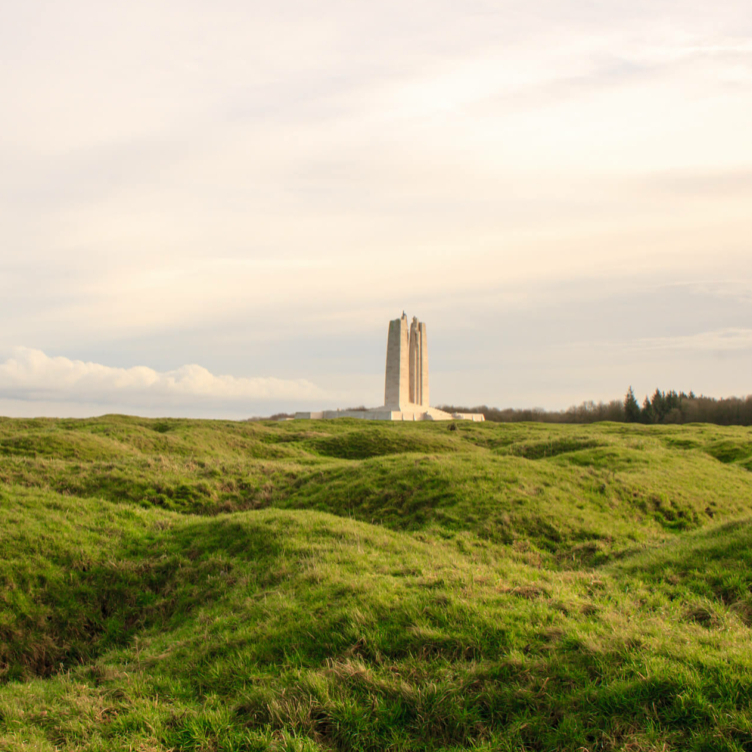 Honour and Sacrifice
Honour and Sacrifice
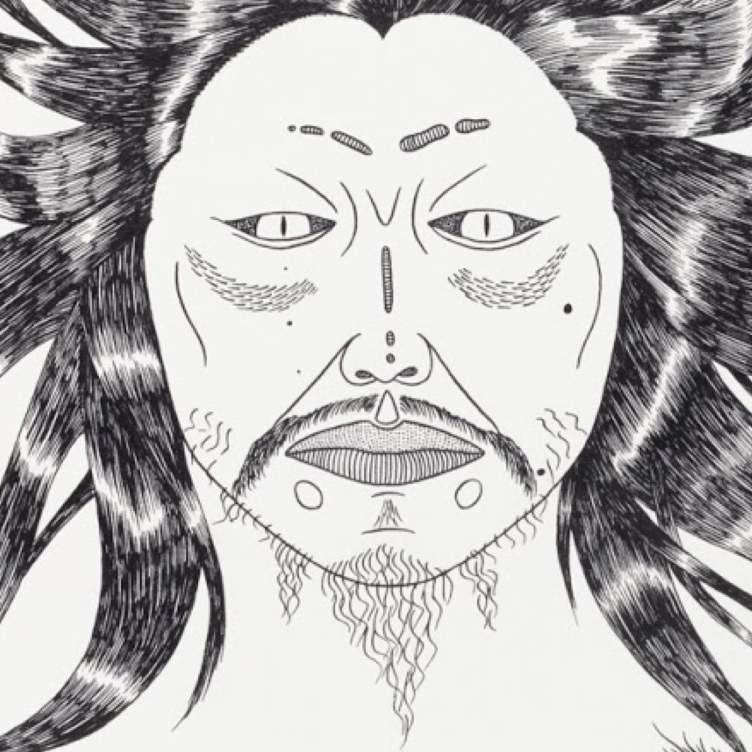 A Monstrous Vision
A Monstrous Vision
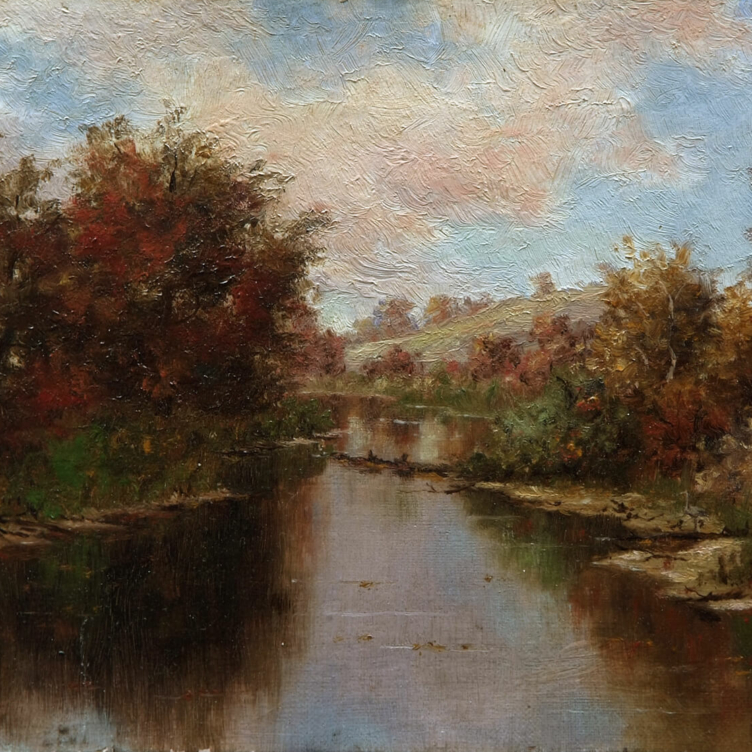 Remote Beauty
Remote Beauty
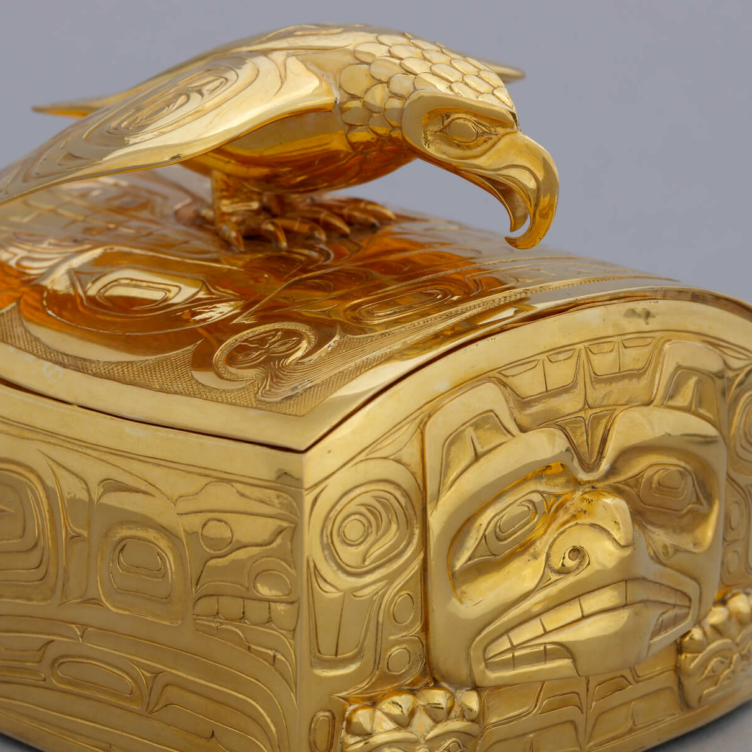 Pride and Resistance
Pride and Resistance
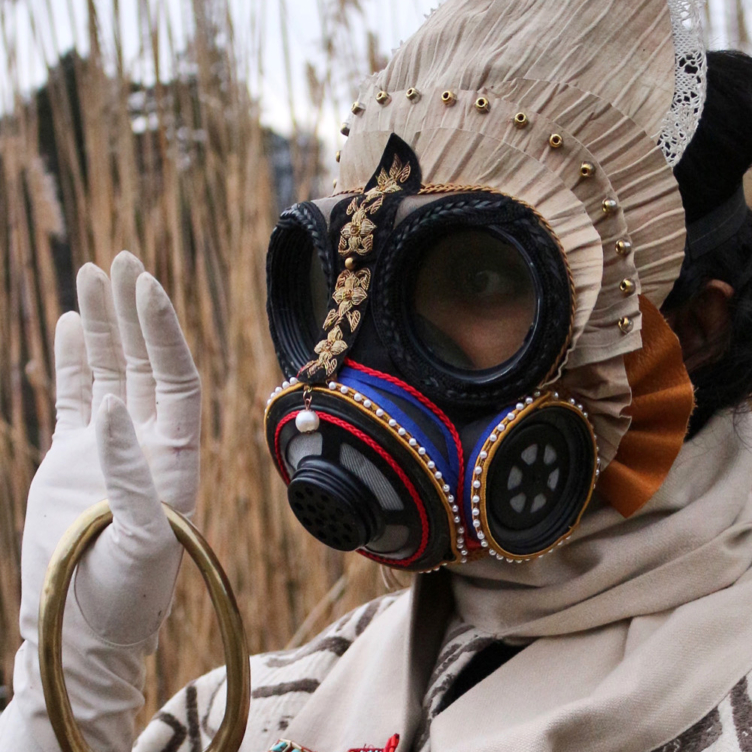 Dressed for Danger
Dressed for Danger
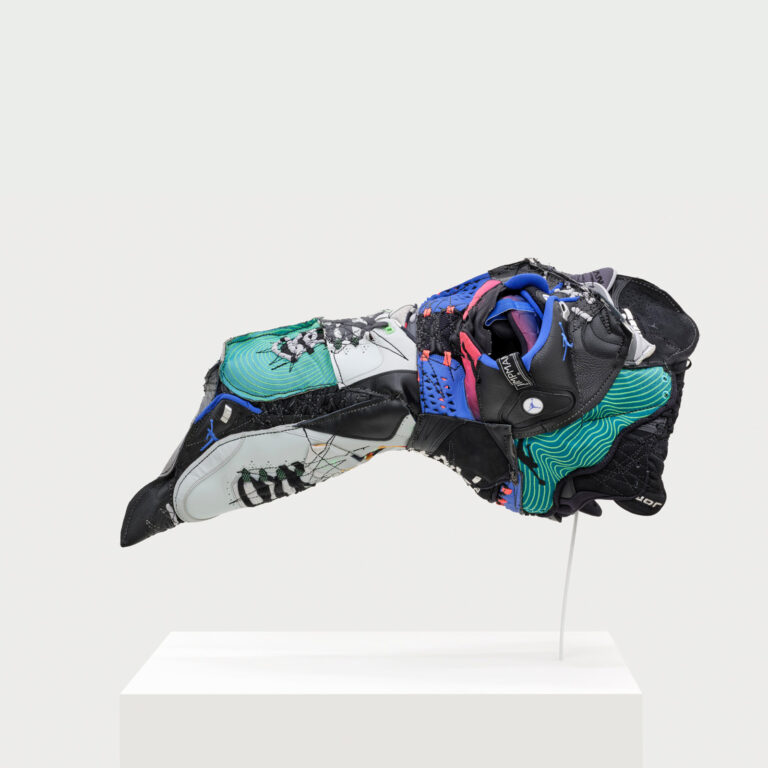 Masks from the Past
Masks from the Past
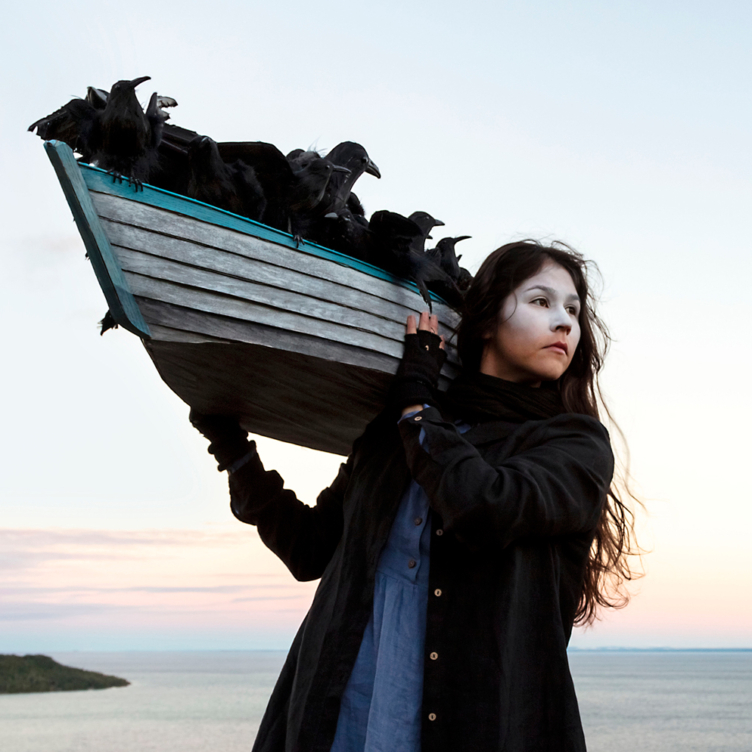 Lessons from the Land
Lessons from the Land
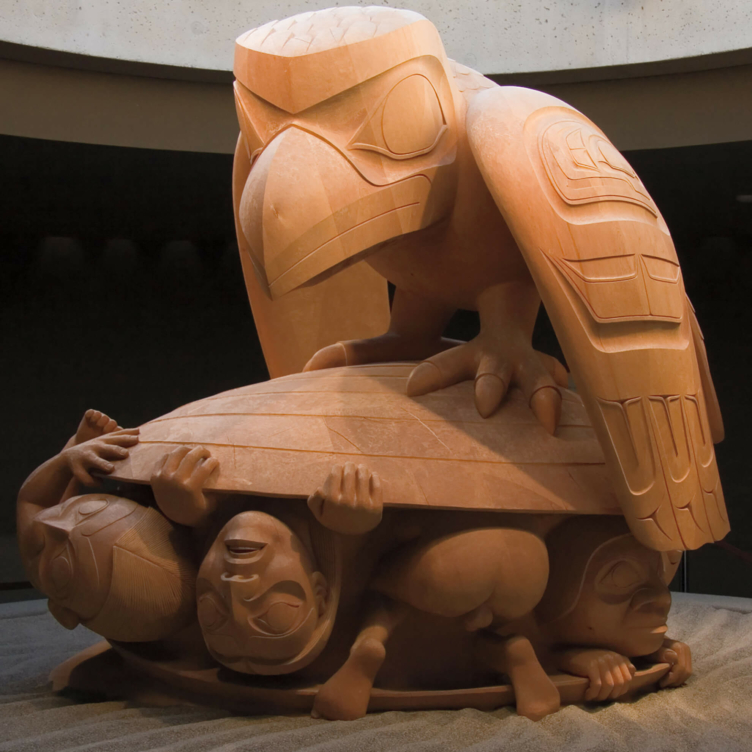 A Cultural Hero
A Cultural Hero
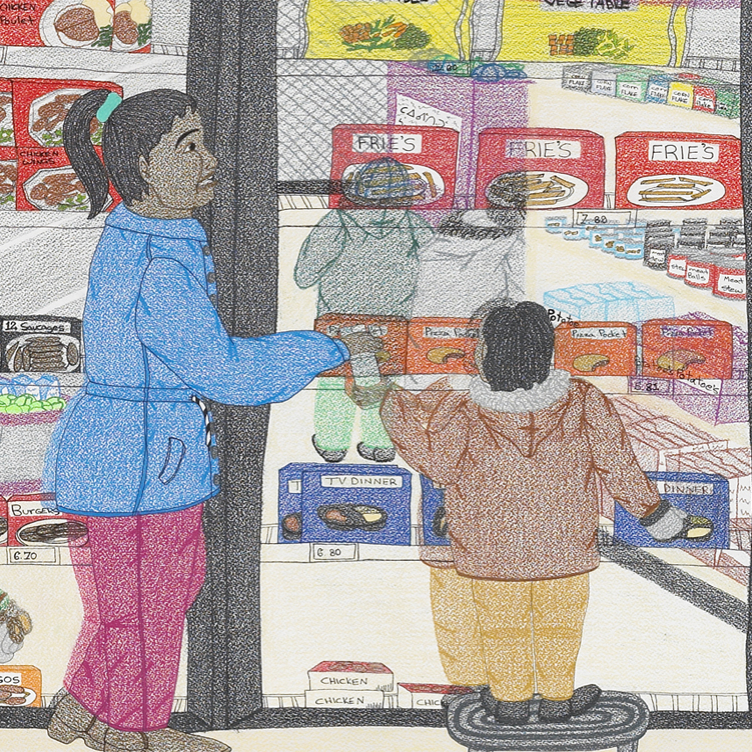 Food for Thought
Food for Thought
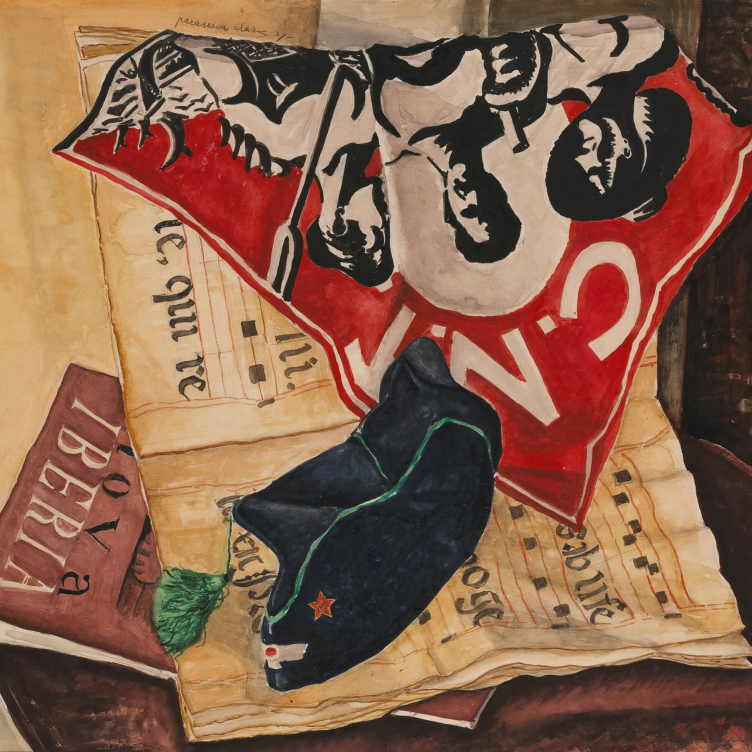 A Passion for Activism
A Passion for Activism
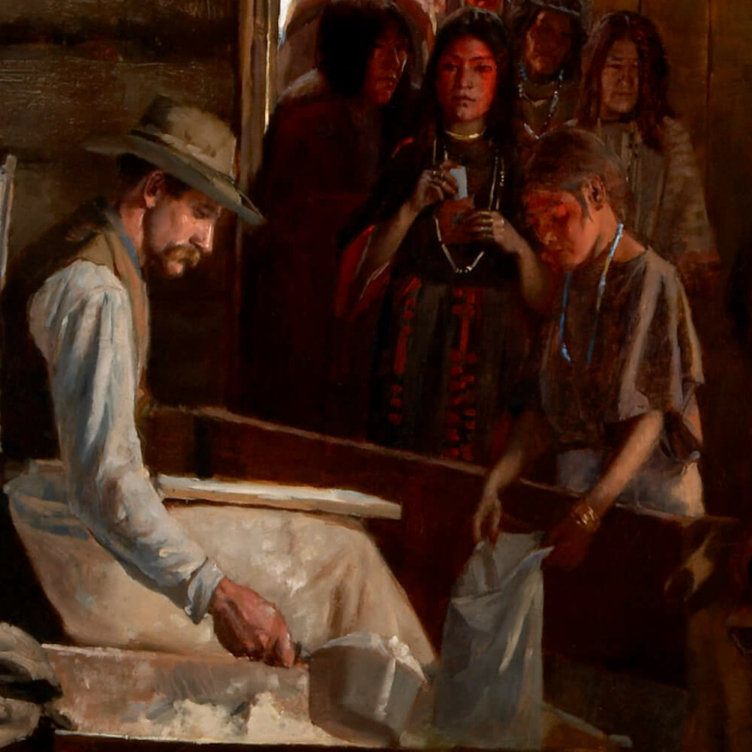 Starvation and Scandal
Starvation and Scandal
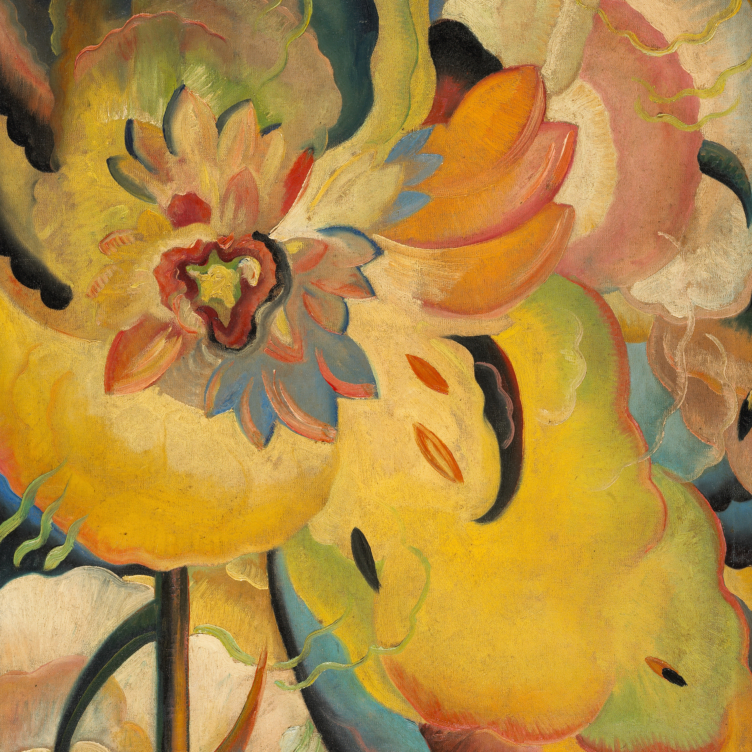 An Artistic Breakthrough
An Artistic Breakthrough